The Asia Pacific is experiencing rapid demographic ageing. The region's population of those aged 60 years and above is projected to increase from 576 million in 2017 to 1.3 billion in 2050. It is currently the world's third-largest nursing care market with a CAGR of 14.6%, as compared to the global average CAGR of 8.6% between 2018 to 2022.
This article by Mr Leon Perera, CEO, Spire Research and Consulting will explore the challenges of an ageing population and potential silver market opportunities for Asia Pacific, highlighting several countries which are making interesting moves to meet this challenge head-on.
South Korea’s Long-Term Care Insurance (LTCI)
As one of the world’s most rapidly ageing countries, the Republic of Korea has the lowest fertility rate of 0.98 globally. With fewer family members choosing to care for their elderly and family sizes shrinking, more elderly persons are being admitted to geriatric hospitals for general care.
With the realisation that the ageing population could hinder economic growth, the government initiated a plan to develop a comprehensive long-term care system. In 2008, South Korea introduced Long-Term Care Insurance (LTCI) to provide home-based and institutional care services for individuals aged 65 years or above or those younger than 65 with geriatric conditions. Figure 1 illustrates the key features of the LTCI scheme and its benefits.
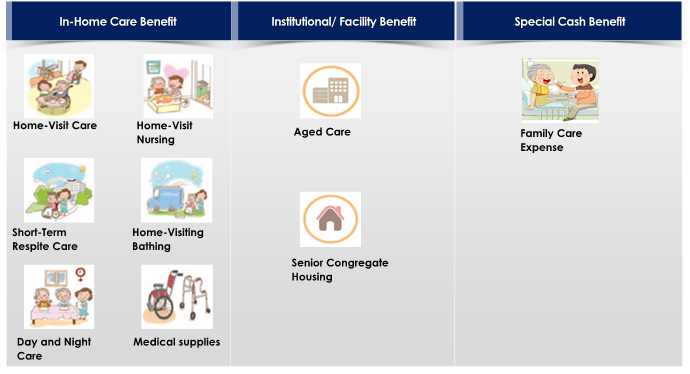
Figure 1: The Korean government’s LTCI scheme & benefits
Importance of long-term care facilities expansion
Since the inception of LTCI, the number of care providers and beneficiaries has grown, thereby lowering household care costs. According to a satisfaction survey conducted by South Korea’s Ministry of Health & Welfare, 78% of the elderly surveyed highlighted an improvement in their health condition since they joined the LTCI. Coupled with rising demand for more long-term care facilities (Figure 2), the government is motivated to expand on long-term care infrastructure such as retirement villages.
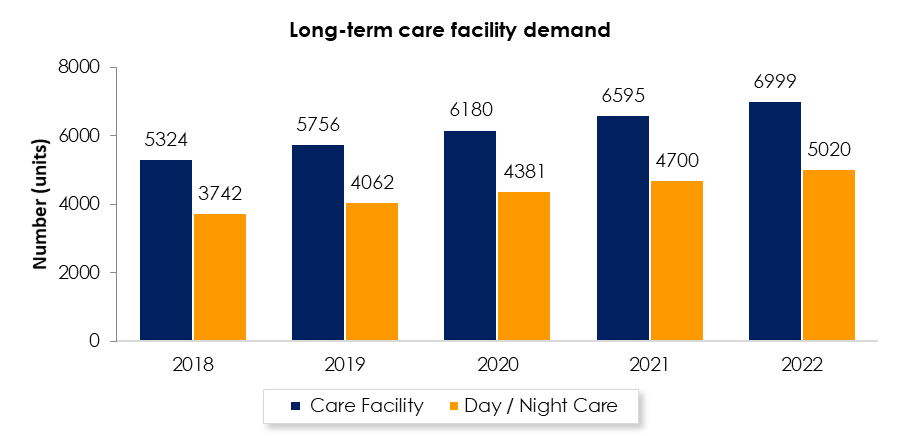
Figure 2: Long-term care facility demand
Source: South Korean Ministry of Health and Welfare
Widespread Retirement Villages
Retirement villages are integrated residential communities designed for the elderly and are widespread in South Korea (Figure 3).
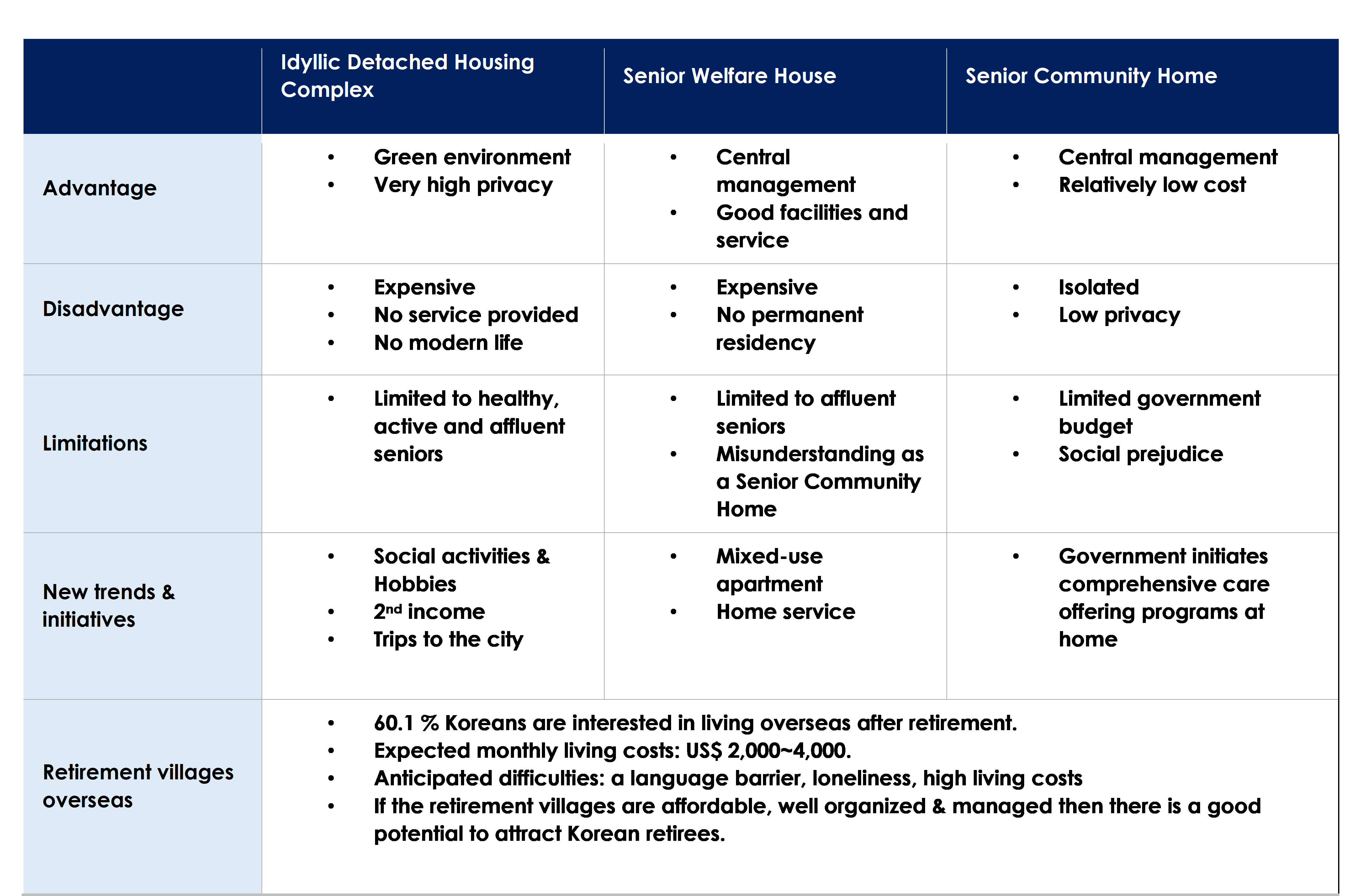
Figure 3: Different types of retirement villages
While the Idyllic Detached Housing Complex (IDHC) and Senior Welfare Houses (SWH) are catered towards affluent seniors, the Senior Community Homes (SCH) cater more to the low-income group, with more service-centric programmes (e.g. counselling) to keep seniors mentally and physically active.
Rapid Ageing in ASEAN
Ageing is also taking place in ASEAN. While Indonesia has the largest elderly population in Southeast Asia, Singapore and Thailand are the fastest ageing markets in the region and will have the highest proportion of elderly residents in 2035, at 27% and 23% respectively (Figure 4).
With more people living longer, there is a stronger demand for healthcare services in the silver sector. However, some ASEAN countries face financial and labour availability limitations that constrain their ability to increase manpower in the healthcare sector. Hence many ASEAN countries are under pressure to innovate and raise healthcare productivity and effectiveness, so as to support a growing ageing population.
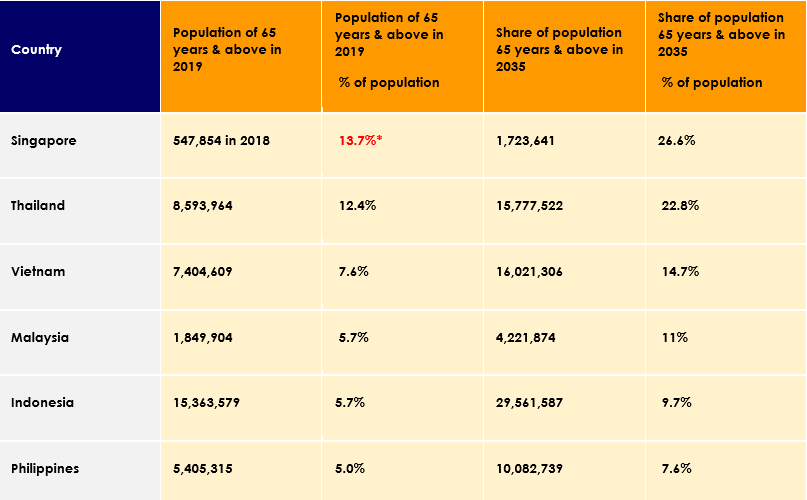
Figure 4: Increasing seniors’ population
*Ratio based on Resident Population SingStat
With the highest ageing rate in ASEAN and a shortage of long-term care infrastructure, Singapore is quickly shifting its focus to investing in elder living facilities, sector training and talent development.
In Thailand, the Board of Investment (BOI) has highlighted the significance of leveraging robotics and Internet-of-Things (IoT) to establish Thailand as a healthcare and retirement hub for both local and foreign senior citizens. According to the BOI, “Artificial Intelligence (AI) has played [an] important role in research and development (R&D) and in assisting doctors in performing complicated surgery.”
“Silver Sector” opportunities
The emerging silver sectors in ASEAN & India are healthcare, intermediate and long-term care, active ageing and elder-care productivity solutions. Businesses and governments in ASEAN are key drivers for innovation and technology in these silver sectors.
However, the cost of innovative technology is high in ASEAN, and innovation tends to be present in small private hospitals rather than the general, publicly-funded tertiary care sector. Innovation has not yet been embraced in SEA to the same extent as in South Korea. This represents an opportunity for forward-looking companies which can operate in ASEAN and engage Health Ministries and other stake-holders.
Download: The Best of Asia Advisers Network
Yet, there is a silver lining in India. Similar to that of Korea’s LTCI, the Indian government plans to implement a “strict and transparent mechanism and licensing system” for home health service businesses, a sector that has seen strong demand in India. This regulatory regime includes policies that will incentivise insurance companies to cover home care costs. India’s home healthcare market is valued at USD3.2 billion and is expected to grow to USD6 billion by 2020.
LTCI – the benchmark
While ASEAN experiences ageing issues, therein lies a huge opportunity for countries in the region to further advance their healthcare insurance system to address the growing silver sector. Just as South Korea had introduced its LTCI scheme to good effect, ASEAN countries should consider that as a benchmark to tackle the issue of rapid ageing. Innovation in the silver care sector may get a boost from predictable funding availability.
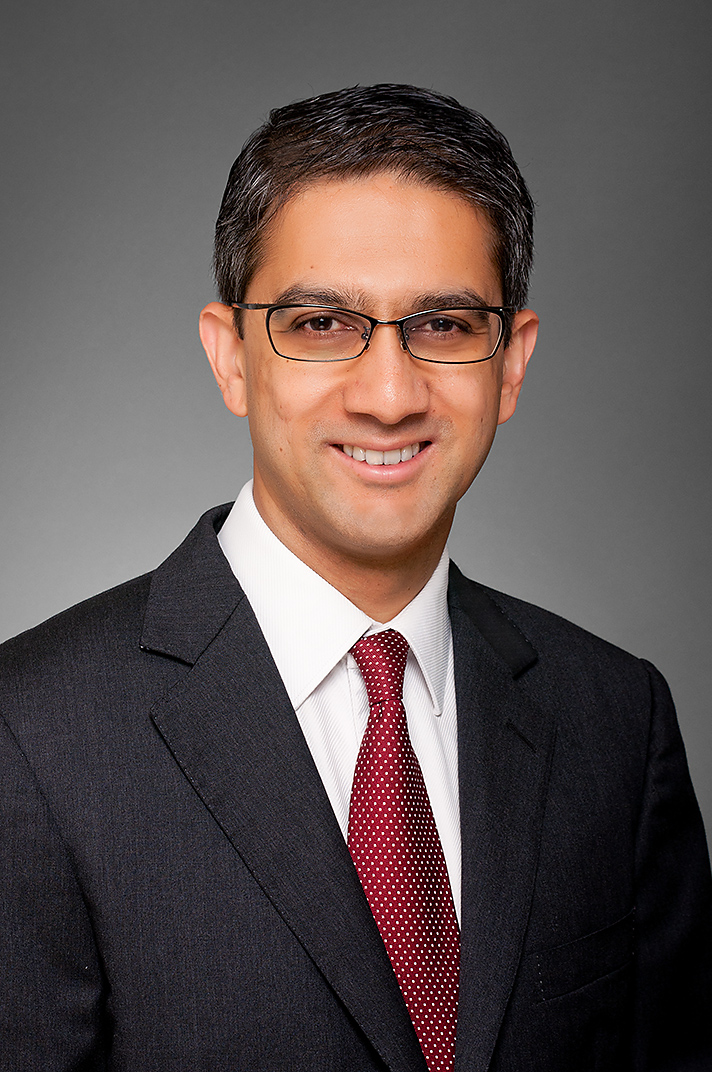
Leon Perera
CEO, Spire Research and Consulting
Leon is co-founder of the Spire Research and Consulting Group. As the Chief Executive Officer, he has overseen the acquisition of over 30 Global Fortune 500 clients in the Asia Pacific region. Spire was acquired by Yamada Business Consulting, Japan’s fifth largest management consultancy and a publicly listed firm on the JASDAQ board of the Tokyo Stock Exchange. He is currently serving as a Non-Constituency Member of Singapore’s Parliament.
P.S: Join 10,000+ financial advisers, leaders and senior executives on our complimentary VIP Weekly Newsletter
References:
- https://mipaa.unescapsdd.org/files/documents/E_ESCAP_MIPAA_IGM.2_1%20%28English%29.PDF
- https://www.tandfonline.com/doi/full/10.1080/23288604.2017.1345052
- https://www.unescap.org/sites/default/files/Long-term%20care%20for%20older%20persons%20in%20the%20Republic%20of%20Korea.pdf
- Worldometers
- Statista 2019
- Singstat
- Spire analysis of primary interviews with experts
- Spire analysis of published reports and government publications